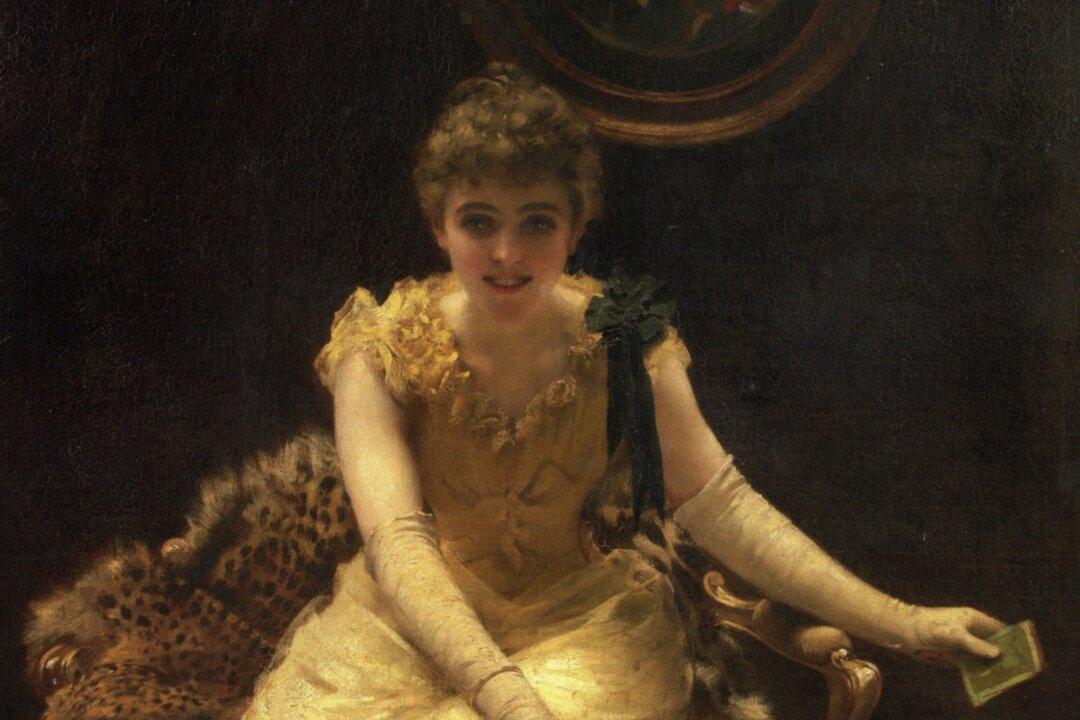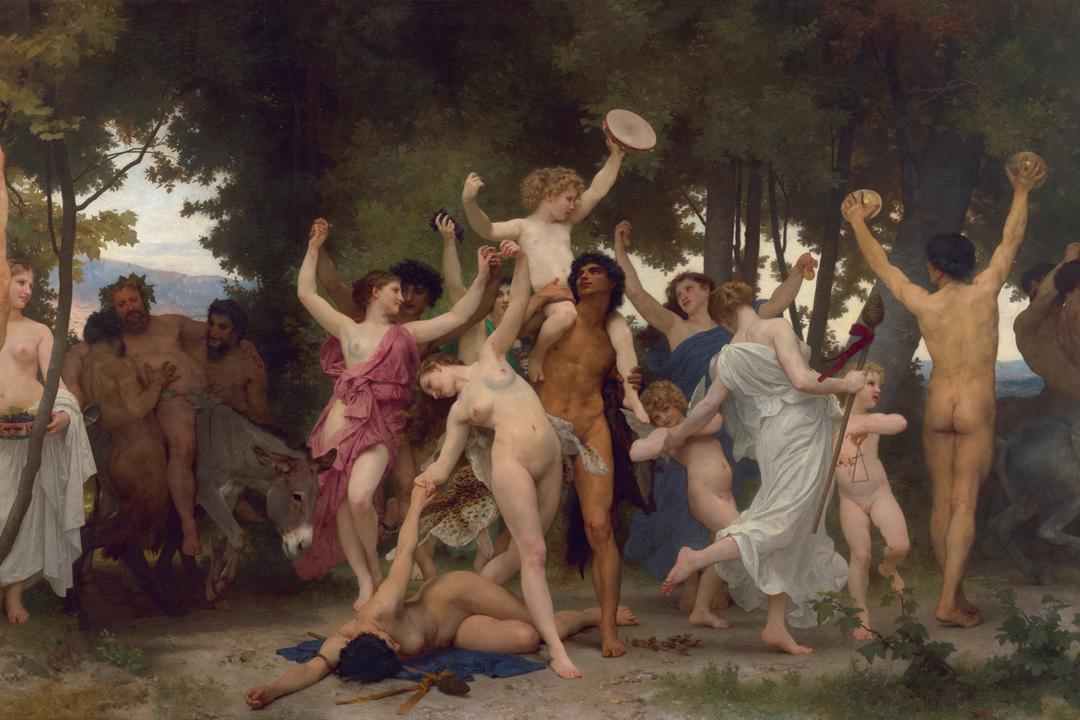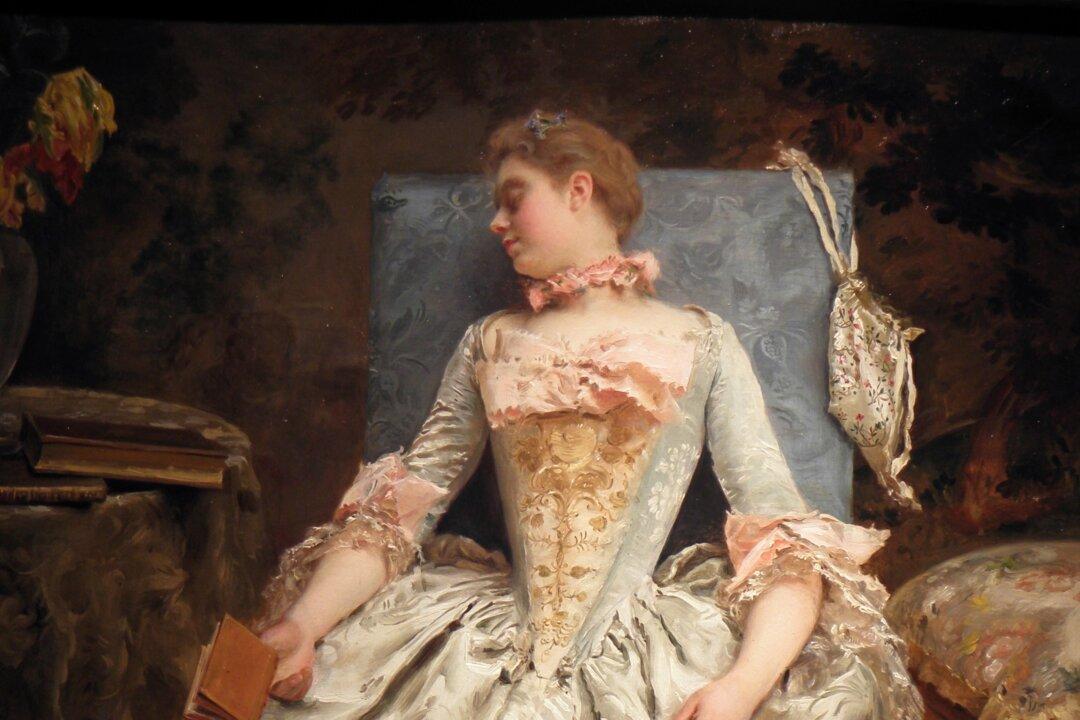Born in Grimsby, England on April 7,1856, Thomas Benjamin Kennington trained at an impressive line of schools including the Liverpool School of Art, the South Kensington School of Art, and finally at the Academy Julian with William Bouguereau, Jules Lefebvre, and Tony Robert-Fleury.
Throughout his life he exhibited regularly at the Royal Academy and his work was also seen at the Royal Society of British Arts and the famous Grosvenor Gallery. His work was well appreciated and he even won a bronze medal at the Exposition Universelle of 1889.
Kennington was a social activist who cared deeply about the poor and believed strongly in the artists’ community. He was a founder and first secretary of the New English Art Club whose purpose was to provide exhibition opportunities for artists who were not accepted to show at the Royal Academy or who were dissatisfied with its supremacy.
Kennington was also a founder of the Imperial Arts League, which still exists today as The Artist’s League of Great Britain. The Artists’ League was founded in 1909 with the purpose of protecting and promoting the interests of artists in matters of business such as copyrights, contracts, and insurance.
Kennington often painted, like many of his contemporaries, the plight of the impoverished and destitute in order to draw attention to the need for social reform. As well, he was a painter of beauty and scenes from everyday life. He also became a well-established portrait artist, painting Queen Victoria (1819-1901) in 1898.
In this painting, “The Ace of Hearts,” Kennington captures both beauty and elegance.
The viewer stands witness to a magic trick. From the direct look of the young woman, the viewer feels as though he/she must be the one participating in the show.
It is only after looking at the mirror on the wall that one sees the sitter is looking straight through the viewer to a gentleman who is scratching his neck and feeling quite off his guard, most likely due to the combination of the mystifying magician’s trick along side the sitter’s beauty and charm.
The Ace of Hearts which she points to with victorious excitement would seem to indicate that she has the correct card which is also the trump card, and in fact she has all the cards in the deck.
Amidst the frills and fur a leopard’s head sticks out as the original owner of the now-decorative throw. It is hard to say whether the expression is one of hostility toward the gentleman, letting him know to keep his distance, as a protector of the young woman, or if the look is one of terror, perhaps reflecting a sense of panic in the man, as the young seductress makes her advances.
This painting was recently sold at Bonham’s London on July 10, bringing 49,250 pounds, or $73,540.
Kennington died in London, December 10, 1916. Today, his paintings can be found in many museums and in public locations throughout England and Australia, including in England, the Tate, Alfred East Art Gallery Permanent Collection, Walker Art Gallery in Liverpool, Atkinson Art Gallery Collection, Royal Shakespeare Company Collection, Whitworth Art Gallery, University of Manchester, the Neath Port Talbot County Borough Council, Grimsby Town Hall, Museum of Lincolnshire Life, Royal Society of Medicine, The Royal College of Surgeons of England , The Royal Society of Musicians of Great Britain, Trinity Laban Conservatoire of Music and Dance, North East Lincolnshire Museum Service, Retford Town Hall, Bassetlaw District Council, and The Foundling Museum, and in Australia, the Art Gallery of South Australia, Bendigo Art Gallery, and the Christchurch Art Gallery in New Zealand.
Kara Lysandra Ross, the director of operations for the Art Renewal Center, is an expert in 19th century European painting.




